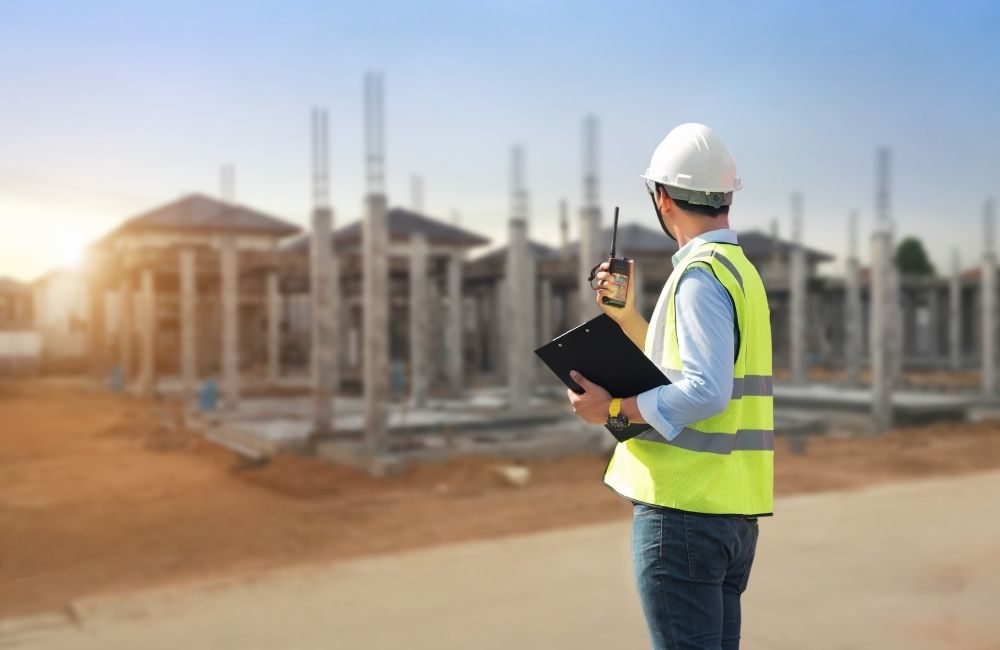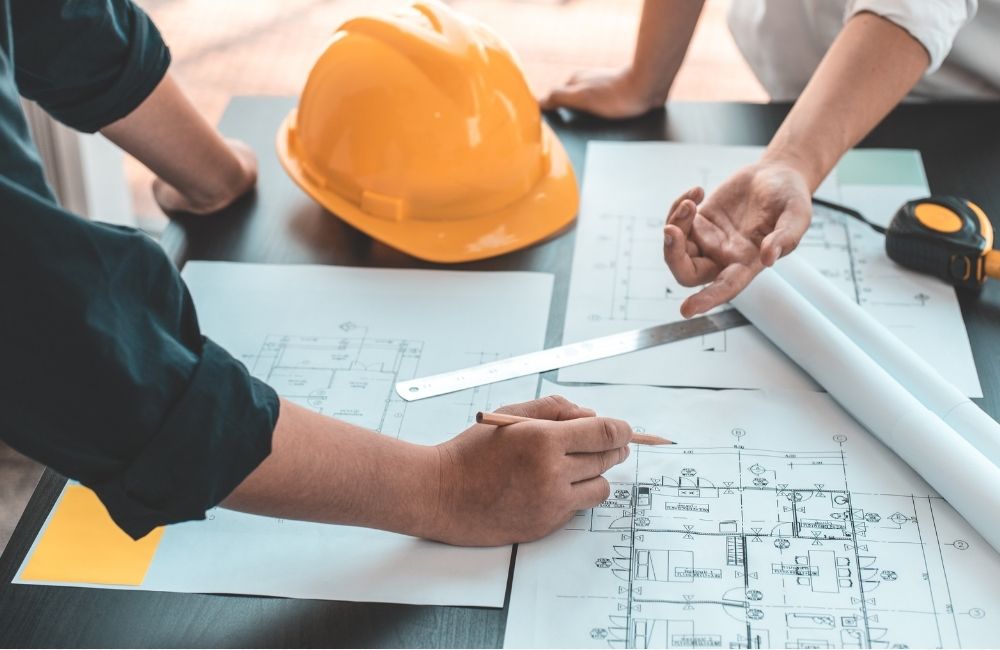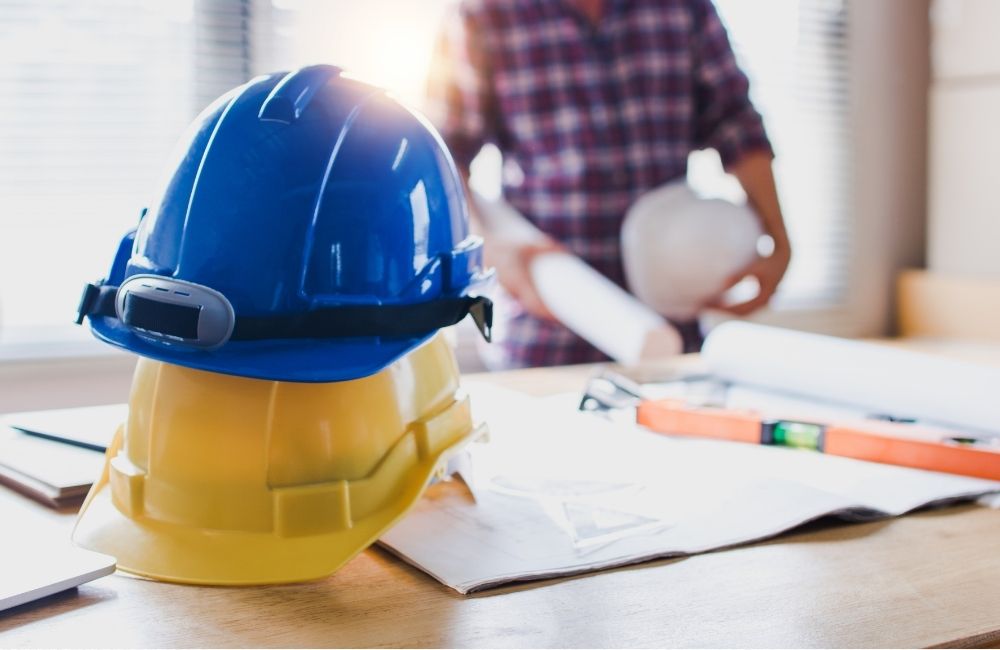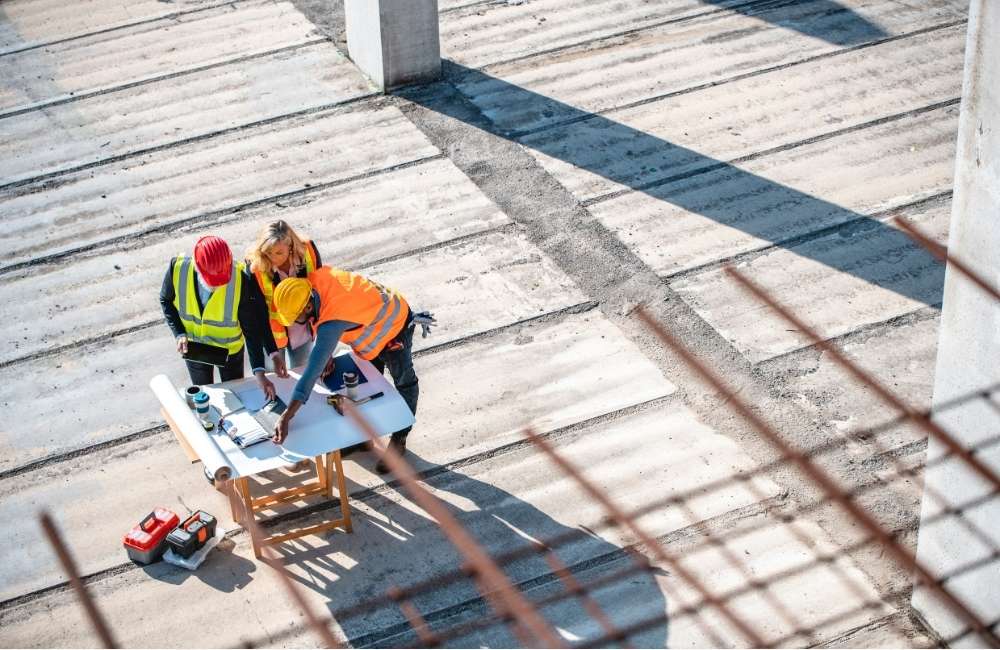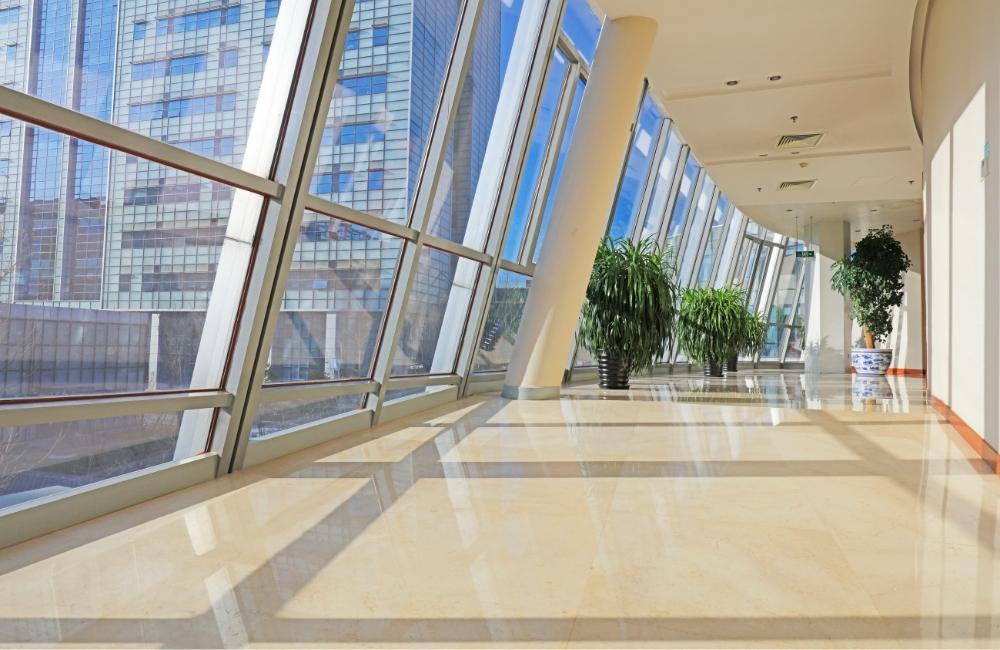Table of Contents
Key Takeaways
7 Types of Commercial Roofing (Pros and Cons)
7 Key Considerations When Selecting a Commercial Roof
How to Ensure Your Existing Commercial Roof is Ready for Your Business Needs
What's the Right Roof for Your Business?
Choose Claris Design⸱Build for Your Commercial Roofing Needs
Key Takeaways✔ Choosing the right commercial roof strategically affects building longevity, energy efficiency, and costs. ✔ Understanding different commercial roof types and benefits is essential for making an informed choice. ✔ Consider the roof's condition, business needs, energy efficiency, environment, budget, future use, and contractor when selecting a roof. ✔ Assess the current roof's condition through visual inspection, checking for leaks, evaluating edges and seals, and drainage systems. ✔ The best roof choice depends on visibility, foot traffic, chemical exposure, and weather conditions |
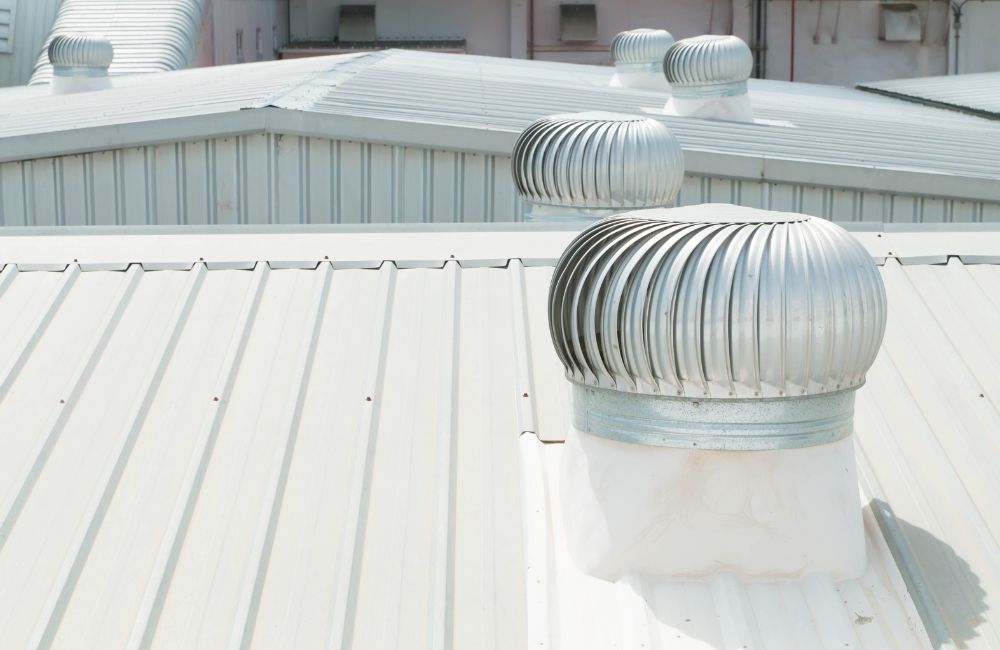
Choosing the right commercial roofs for your business is more than just a structural decision—it's a strategic one. The roof you select will impact not only the longevity of your building but also its energy efficiency and overall operational costs. However, choosing the wrong roof can lead to significant risks, including structural failures, increased maintenance costs, and non-compliance with regulations, which can disrupt operations and impact your bottom line.
Here are the essentials to help you make an informed choice.
7 Types of Commercial Roofing (Pros and Cons)
In 2022, commercial roofing services, including construction and renovation, accounted for $10.56 billion of the market share. Given this significant investment, it's crucial to understand the different types of commercial roofs available and their benefits when making a selection. Here’s a simplified overview to help you make an informed decision:
| TYPE OF ROOF | PROs and CONs | BEST FOR |
|---|---|---|
| 1. Built-Up Roofing (BUR) | PRO:
✔ Multiple layers of bitumen and reinforcing fabrics ✔ Durable with excellent waterproofing and UV protection CON: ✘ Heavy, may need extra structural support ✘ Safety concerns during installation due to hot tar ✘ Harder leak detection |
Office Buildings, schools, hospitals |
| 2. Modified Bitumen Roofing | PRO:
✔ Multiple layers of polymer-modified bitumen (similar to BUR) ✔ Safer and less messy than BUR’s hot mop method. ✔ Flexible ✔ Resistant to temperature extremes ✔ Easy to install and repair CON: ✘ Can be more expensive than traditional roofing ✘ Requires a torch for installation |
Retail stores, small commercial buildings |
| 3. Thermoplastic Olefin (TPO) | PRO:
✔ Highly reflective ✔ UV-resistant ✔ Energy-efficient, reducing cooling costs ✔ Resistant to chemicals CON: ✘ Susceptible to punctures and tears from sharp objects |
Plant Facilities, warehouses, storage |
| 4. Ethylene Propylene Diene Monomer (EPDM) Roofing | PRO:
✔ Durable synthetic rubber with a long lifespan ✔ Weather-resistant, and suitable for various climates ✔ Easy to install and maintain CON: ✘ Can shrink over time, requiring periodic maintenance |
Warehouses, factories, office buildings |
| 5. Metal Roofing | PRO:
✔ Extremely durable ✔ Fire-resistant ✔ Can last up to 50 years ✔ Energy-efficient with options like steel, tin, aluminum, copper, seam-standing metal, or zinc CON: ✘ Noisy during rain and hail, may need additional insulation |
Industrial buildings, retail stores, agricultural buildings |
| 6. Green Roofing | PRO:
✔ Provides natural insulation ✔ Reduces urban heat islands, and promotes biodiversity ✔ Offers environmental and aesthetic benefits. CON: ✘ Higher installation and maintenance costs compared to traditional roofing |
Urban buildings, educational institutions, commercial buildings |
| 7. Solar Roofing | PRO:
✔ Integrates photovoltaic panels to generate electricity, reducing energy costs ✔ Environmentally friendly with long-term savings CON: ✘ High initial investment ✘ May not be suitable for all roofs or low-sunlight areas |
Technology firms, large commercial buildings |
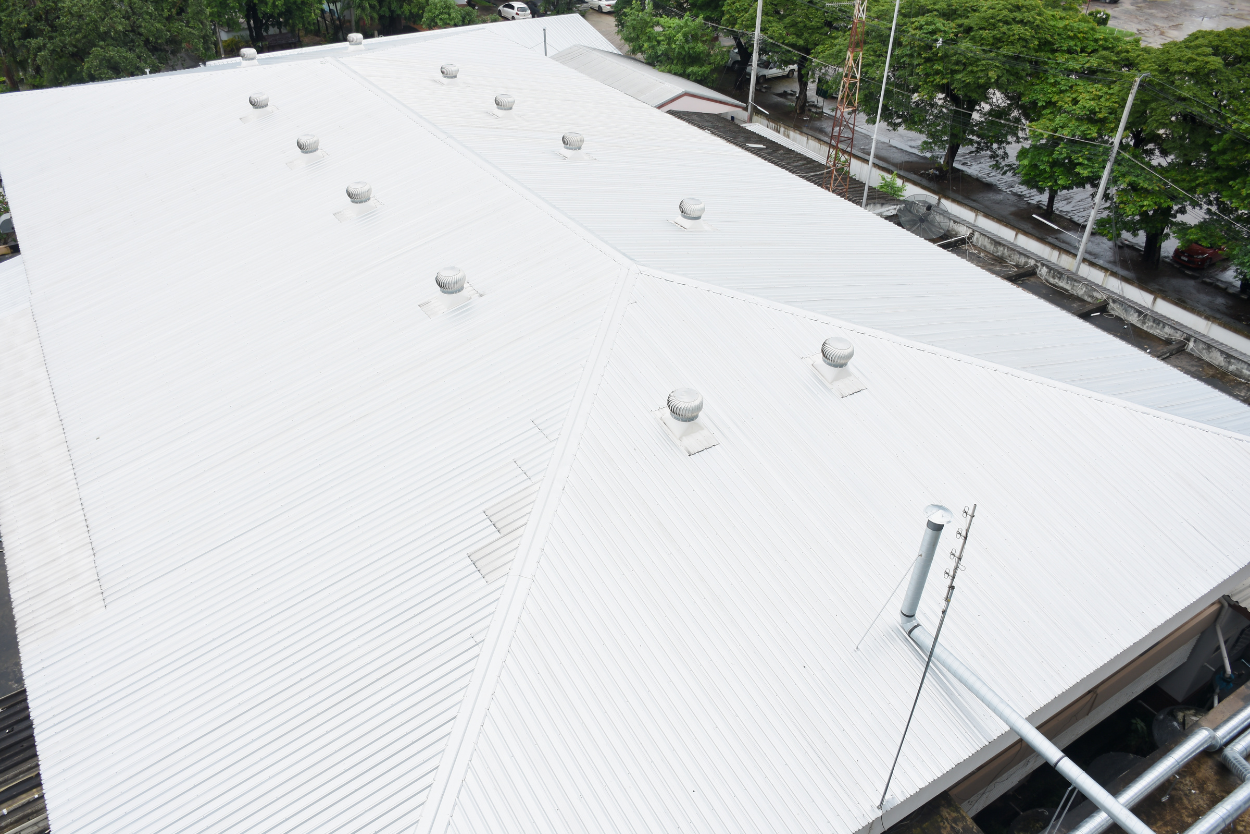
7 Key Considerations When Selecting a Commercial Roof
Choosing the right commercial roof involves evaluating various crucial factors. Here are key considerations when selecting a commercial roof.
Condition of Existing Roof
Evaluate the condition of your current roof, noting any damage, existing equipment, or unique features that may impact the new installation. This assessment is crucial for choosing the right roof as it helps identify specific needs and potential structural risks that must be addressed.
Potential Structural Risks to Consider
- Water Damage: Look for signs of leaks, stains, or damp spots which may indicate underlying water damage that needs to be addressed before installing a new roof.
- Structural Weakness: Assess areas with sagging, cracks, or other indications of structural weaknesses that might require reinforcement.
- Existing Equipment: Identify any HVAC units, vents, or other equipment that could complicate the installation of certain roofing types.
- Insufficient Drainage: Ensure the current drainage system is effective; otherwise, plan for improvements to avoid water pooling and subsequent damage.
- Roof Deck Integrity: Check the condition of the roof deck for any deterioration or damage that could affect the installation and longevity of the new roof.
- Load-Bearing Capacity: Evaluate the roof’s load-bearing capacity to ensure it can support the weight of the new roofing material, especially for heavier options like built-up roofing or green roofs.
Business Requirements
The type of business you run significantly affects your roofing needs. Warehouses may only need basic roofing solutions, while retail spaces and offices require better insulation and aesthetics. Additionally, there are codes and standards that mandate specific roofing standards for various types of businesses to ensure safety, energy efficiency, and compliance with local building codes.
Energy Efficiency
Energy-efficient commercial roofing reduces energy costs by minimizing heat transfer and improving insulation, leading to significant savings over time. These roofs maintain stable indoor temperatures, enhancing comfort for employees and customers while reducing strain on HVAC systems. Additionally, they promote environmental sustainability by lowering a building's carbon footprint and extending the roof's lifespan through reduced thermal expansion and contraction.
Environmental Factors
Consider the environment surrounding your building when choosing a roof. Trees can provide wind protection but may cause clogged gutters, while buildings in open areas need robust roofs to withstand harsh weather conditions. Adapting your roofing choice to local weather and environmental factors ensures better durability and performance.
Budget Considerations
Set a realistic budget for your roofing project. While cheaper materials may save on initial costs, they can lead to higher maintenance expenses over time. Investing in quality materials might be more costly upfront but provides long-term savings through durability and reduced repair needs.
Future Building Use
Consider your long-term plans for the building when selecting a roof. If you plan to sell or relocate soon, a less expensive roof might be sufficient. However, if you intend to keep the property for decades, investing in durable, high-quality materials is a wiser choice for longevity and lower maintenance.
Selecting a Contractor
Choosing a reputable contractor is crucial for a successful roofing project. A skilled contractor ensures quality installation and proper maintenance, adding value to your investment. They can also offer valuable advice and extended warranties, ensuring the longevity and performance of your new roof.
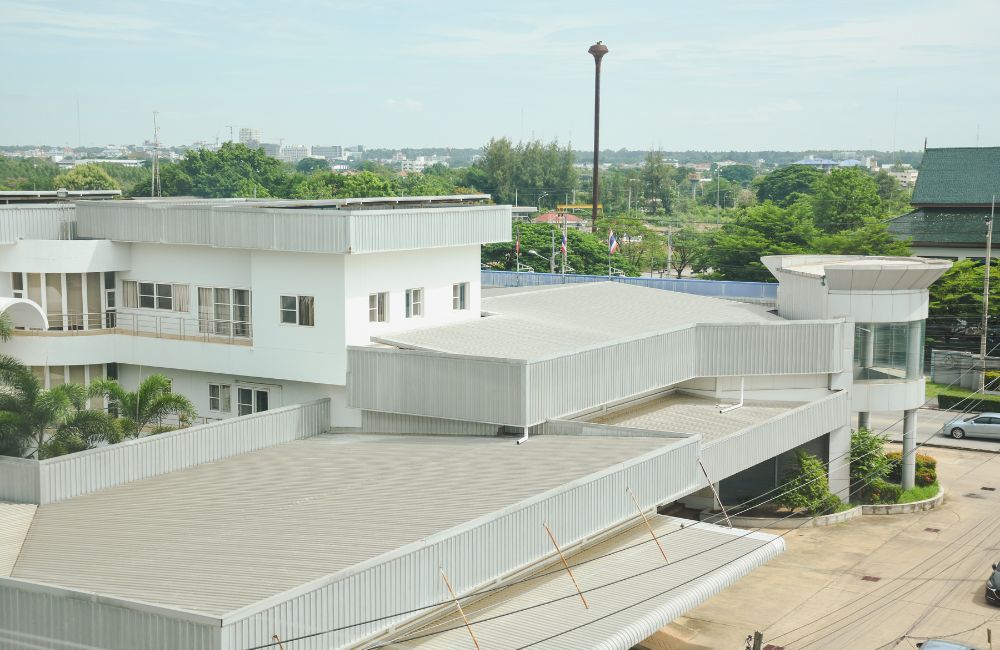
How to Ensure Your Existing Commercial Roof is Ready for Your Business Needs
Properly assessing the condition of your commercial roof is crucial to ensure it meets your business needs and prevents costly repairs. While this task should be handled by professionals, business owners and managers need to understand the key aspects of a thorough inspection. Here are the essential areas that a professional inspection will cover:
Visual Roof Inspection
A comprehensive visual inspection of the roof's surface is the first step. Professionals will look for obvious signs of damage like cracks, blisters, or pooling water, and check for any loose materials or debris that could affect drainage.
Checking for Leaks
Inspecting the interior of your building for signs of water damage is critical. Professionals will look for stains or damp spots on ceilings and walls, which can indicate leaks in the roofing membrane that need immediate attention.
Evaluating Roof Edges and Seals
The edges and seals of the roof, including flashings and joints, are examined to ensure they are intact and properly secured. Loose or damaged seals can lead to water intrusion and further damage.
Assessing Roof Drainage Systems
A thorough assessment of the roof's drainage systems is essential. This includes clearing debris such as leaves and sticks that could block drains, checking gutters and downspouts for standing water, and ensuring they are properly sloped to allow water to flow away. All components must be securely anchored to withstand severe weather.
Post that you may also like: 7 Common Pitfalls in Construction Bidding and How to Avoid Them
What's the Right Roof for Your Business?
Choosing the right roof for your commercial property involves considering various factors specific to your building's needs. Check if your roof is the following:
| Factor | Considerations | Recommended Roof Types |
|---|---|---|
| Roof Visibility | If your roof is visible, aesthetics might play a significant role in your choice. Consider materials that offer both functionality and visual appeal. This can enhance the overall look and value of your property. | ✔ Metal Roofing ✔ Shingles ✔ Tile Roofing |
| Foot Traffic | For roofs that are walked on frequently, durability and slip resistance are crucial. Choose materials that can withstand heavy foot traffic without compromising safety. This is especially important for roofs with maintenance equipment or pathways. | ✔ Built-Up Roofing ✔ (BUR) ✔ Modified Bitumen ✔ EPDM |
| Exposure to Chemicals | Roofs exposed to grease, acids, or chemicals need materials resistant to corrosion and damage. Consider options like TPO or EPDM, which are known for their chemical resistance. This ensures the longevity and integrity of the roof under harsh conditions. | ✔ TPO ✔ EPDM ✔ PVC Roofing |
| Sun Exposure | If your roof faces direct sunlight, UV resistance and heat reflection are important. Light-colored or reflective materials can help reduce heat absorption, lowering cooling costs. This is particularly beneficial for buildings in hot climates | ✔ TPO ✔ Metal Roofing ✔ Solar Roofing |
| Wind Exposure | For roofs in high-wind areas, wind resistance is a key consideration. Opt for materials and designs that can withstand strong winds to prevent damage. Secure installation techniques and sturdy materials are essential for these conditions | ✔ BUR ✔Modified Bitumen Roofing ✔ Metal Roofing |
| Temperature Extremes | In regions with extreme temperatures, choose materials that can handle thermal expansion and contraction. Metal or modified bitumen roofs are good options due to their durability in fluctuating temperatures. This helps in maintaining the roof's structural integrity | ✔ Metal Roofing ✔ Modified Bitumen Roofing ✔ EPDM |
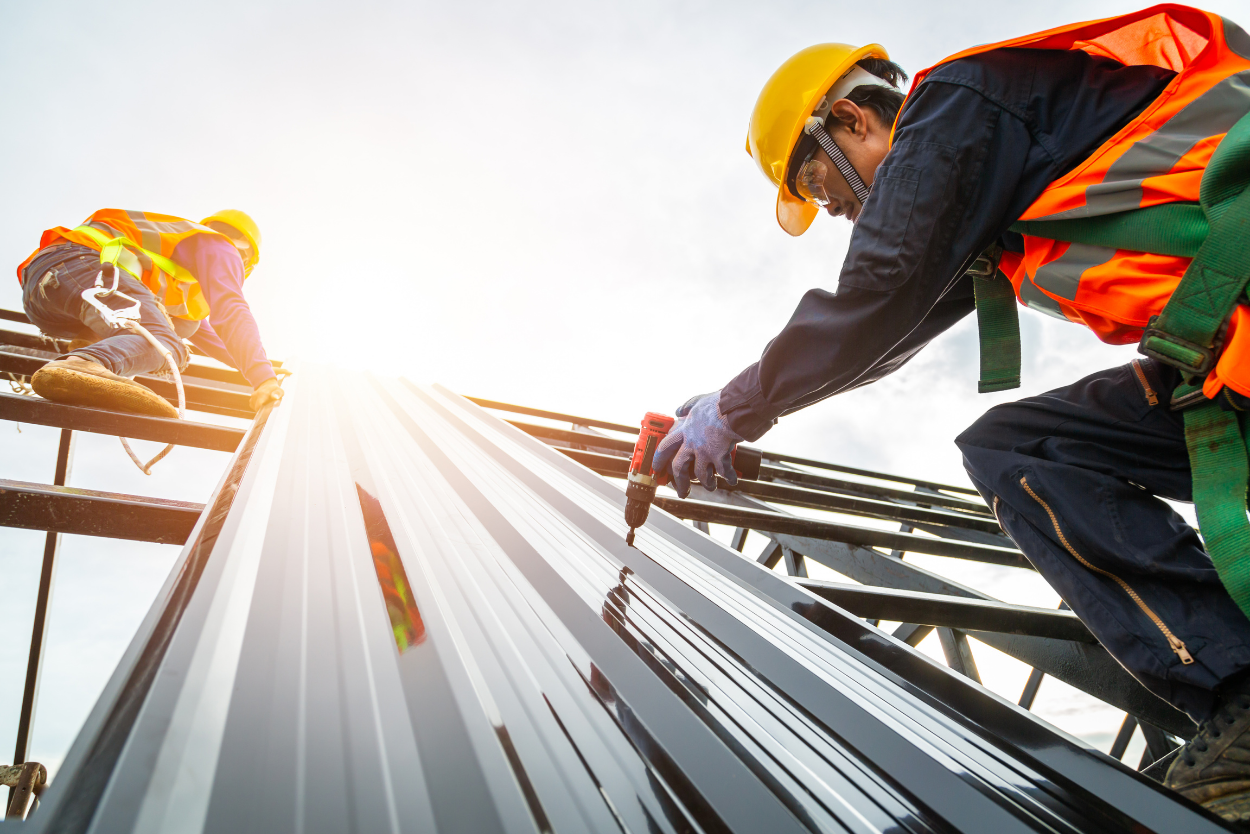
Choose Claris Design⸱Build for Your Commercial Roofing Needs
At Claris Design⸱Build, our team of expert architects and commercial builders deliver innovative solutions that seamlessly integrate design and construction, ensuring your project is both functional and visually appealing. With an industry-leading Insurance Safety Modification rate of 0.87, our commitment to safety is unparalleled. Trust Claris Design⸱Build for your commercial roofing needs and experience the peace of mind that comes with working with a firm dedicated to excellence and safety.
Contact us today to get started on your next project!



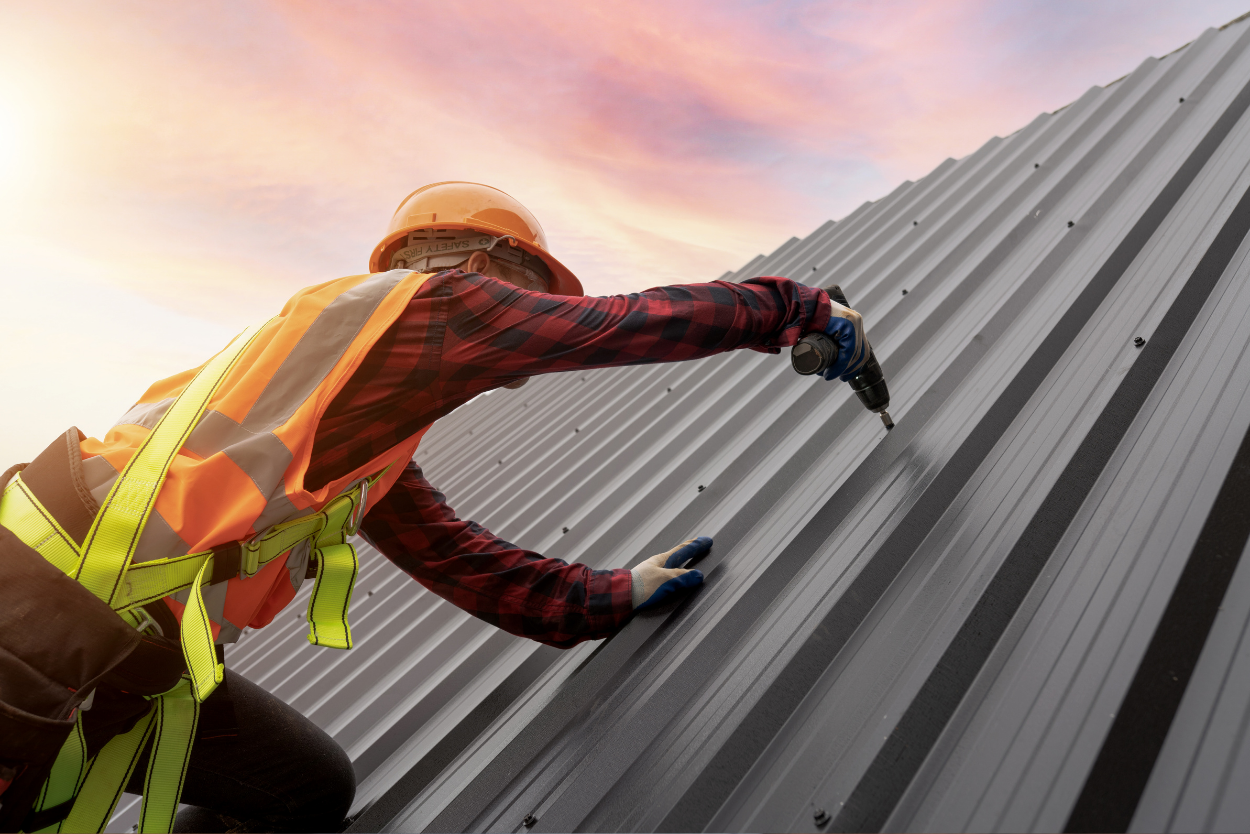
![[2025 UPDATE] Commercial Construction Cost per Square Foot in the US](https://www.clarisdesignbuild.com/wp-content/uploads/2025/04/2025-UPDATE-Commercial-Construction-Cost-per-Square-Foot-in-the-US-3.jpg)
